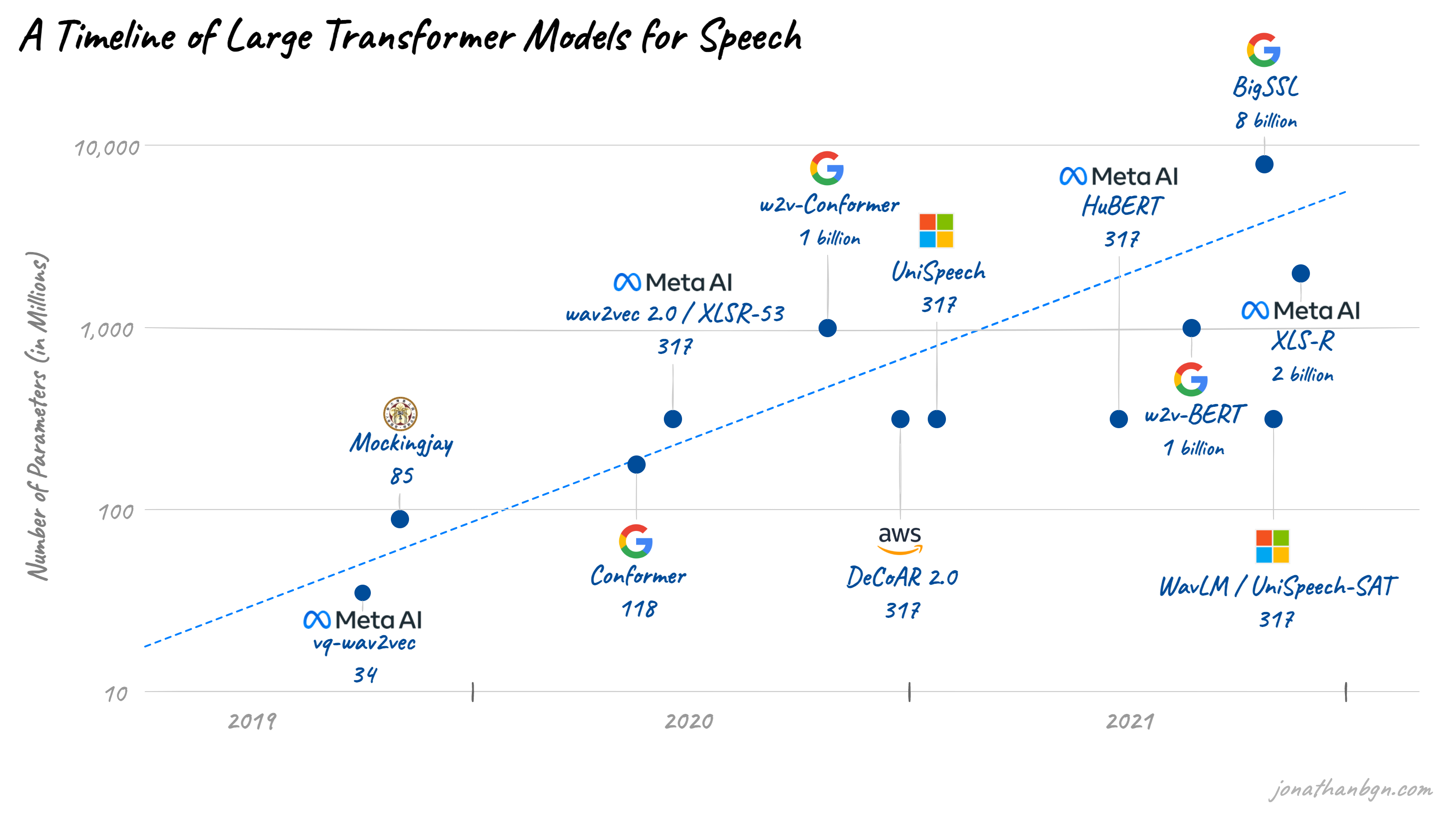If AI is going to take over the world, why can't it solve the Spelling Bee?
My task for our AI overlords was simple: help me crack the New York Times Spelling Bee. I had spent a large chunk of a Saturday evening trying to shape the letters G, Y, A, L, P, O, and N into as many words as possible. But three hours, 141 points, and 37 words — including “nonapology”, “lagoon”, and “analogy” — later, I had hit a wall. A few more words were all I needed to propel myself into Spelling Bee’s "genius" echelon, the title reserved for those who unscramble 70 percent of all possible words using the given letters, and the point at which the puzzle considers itself, effectively, solved. (100 percent solvers are bestowed the rank of "queen bee," but even I have limits.)
AI vs. Spelling Bee Challenge
My human mind was clearly struggling, but this task seemed like child’s play for AI. So, I fired up ChatGPT, told it I was trying to win the Spelling Bee, gave it my letters, and laid out the rules. When I hit enter, ChatGPT provided a list of words formed with the letters "G Y A L P O N" that must contain the letter "N". However, these words were not in the dictionary, which led me to try other AI solutions such as Microsoft’s Copilot, Google’s Gemini, and Anthropic’s Claude.

AI can now create images, video, and audio as fast as you can type in descriptions of what you want. It can write poetry, essays, and term papers. It can also be a pale imitation of your girlfriend, your therapist, and your personal assistant. And lots of people think it’s poised to automate humans out of jobs and transform the world in ways we can scarcely begin to imagine. So why does it struggle at solving a simple word puzzle?
Challenges Faced by AI Models
The answer lies in how large language models, the underlying technology that powers our modern AI craze, function. Computer programming is traditionally logical and rules-based, while machine learning, of which generative AI is a subset, is purely statistical. The success of an AI model depends on the data it’s trained on, and the lack of training data for specific tasks like the Spelling Bee can hinder AI's performance.

Large language models are built on "transformers", a technical breakthrough made by researchers at Google in 2017. Once you type in a prompt, a large language model breaks down words into mathematical units called “tokens” and uses transformers to analyze and respond to the prompt. However, AI models are not always trained for specific tasks like word games, which can lead to subpar performance.
The Future of AI in Problem-Solving
Despite the limitations of current AI models in tasks like the Spelling Bee, AI companies continue to market the technology as a panacea, often exaggerating claims about its capabilities. The quest for Artificial General Intelligence, where machines are as capable as human beings in most tasks, is still ongoing but faces challenges related to reasoning and logic.
Experts have varying opinions on the future of AI and its ability to reach human-level intelligence. While some believe that AI will never truly understand how the world works, others remain hopeful about the potential of AI to evolve and improve over time. Understanding the inherent limitations of AI is crucial for leveraging its benefits without falling prey to unrealistic expectations.




















